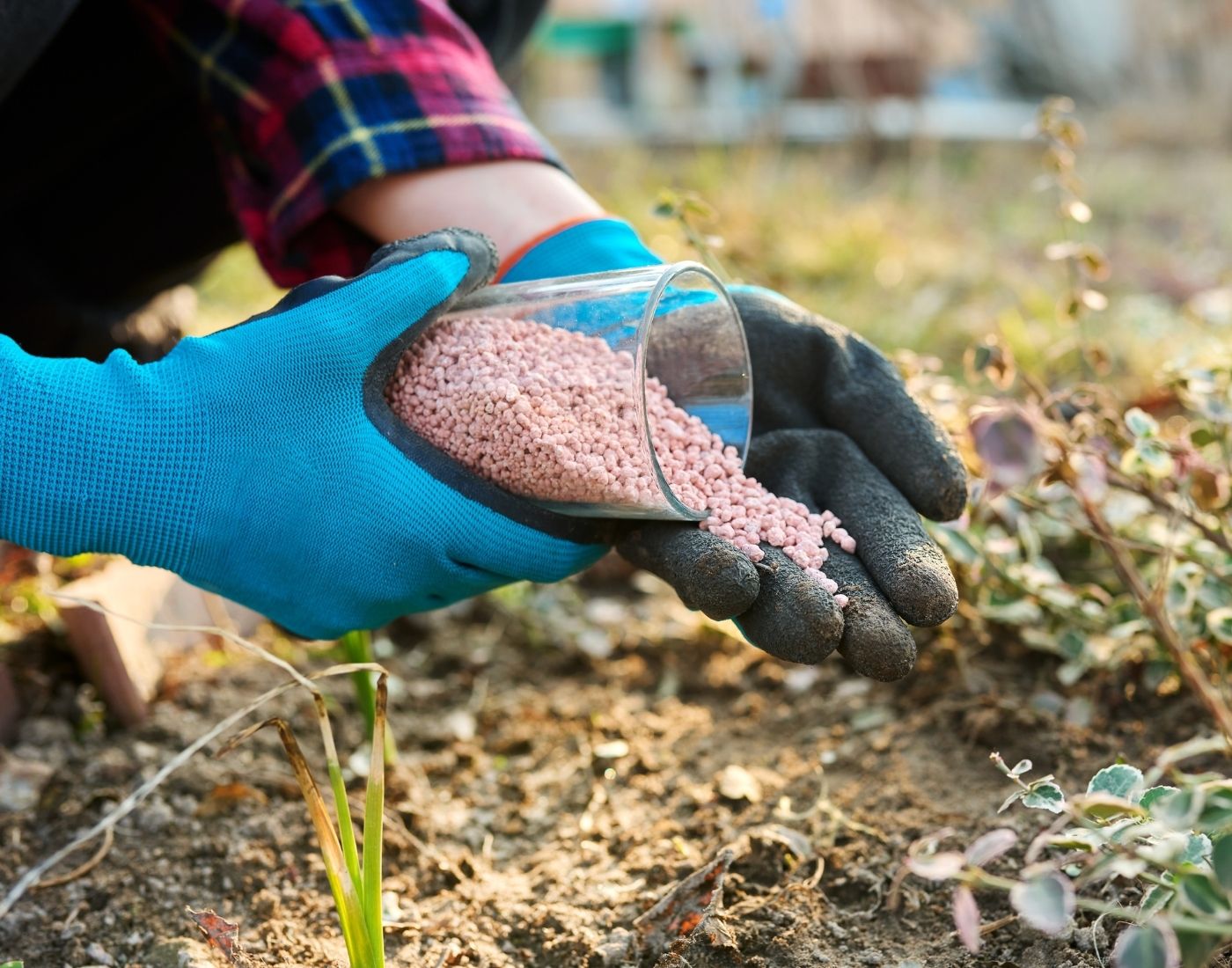Animal by-products (ABPs) are defined in Article 3 of Retained EU Regulation 1069/2009 as:
“entire bodies or parts of animals, products of animal origin or other products obtained from animals, which are not intended for human consumption, including oocytes, embryos and semen”.
Retained EU Regulation 1069/2009 lays down the rules and requirements relating to ABPs, including their categorisation, handling, use and disposal. Of particular importance are the three categories of ABP, as this determines how the ABP should be handled and the danger to human and animal health it poses. The categories are listed below.

